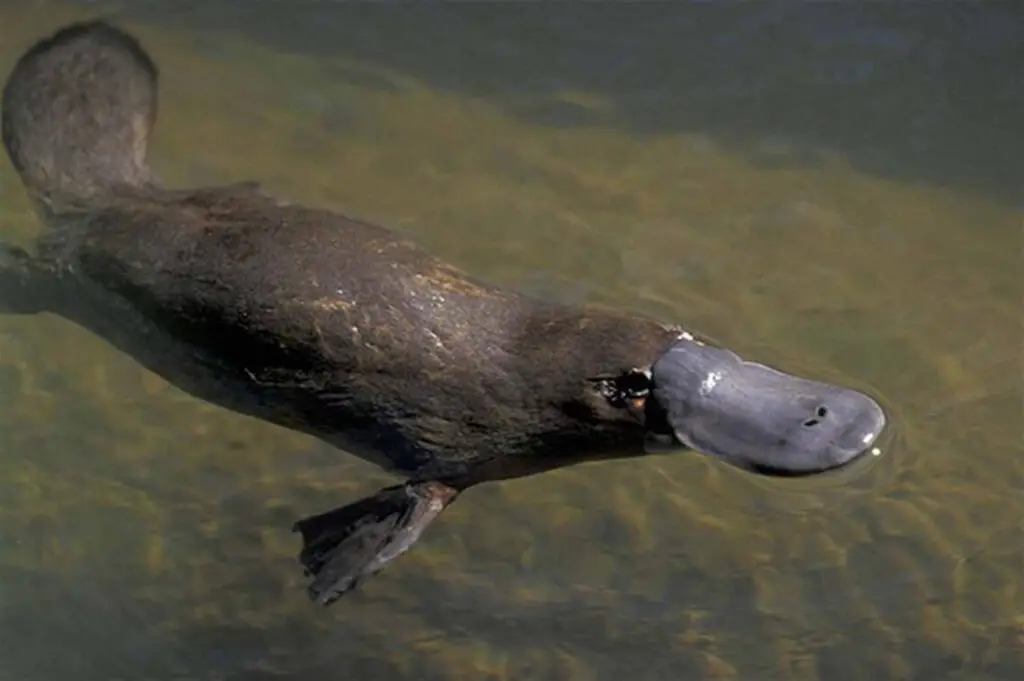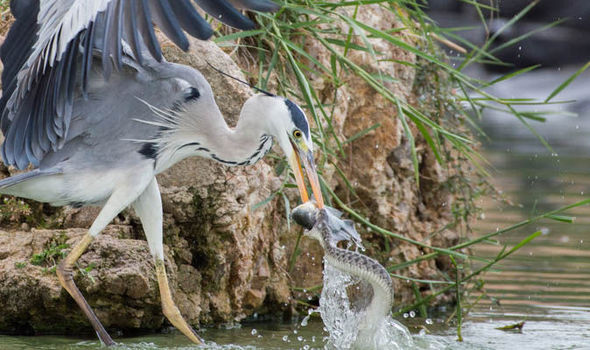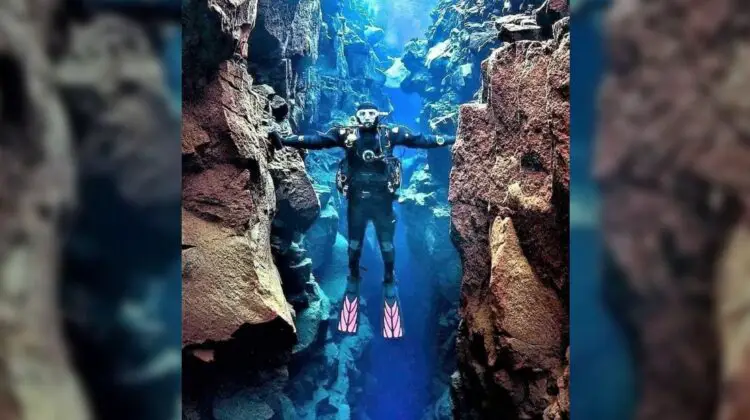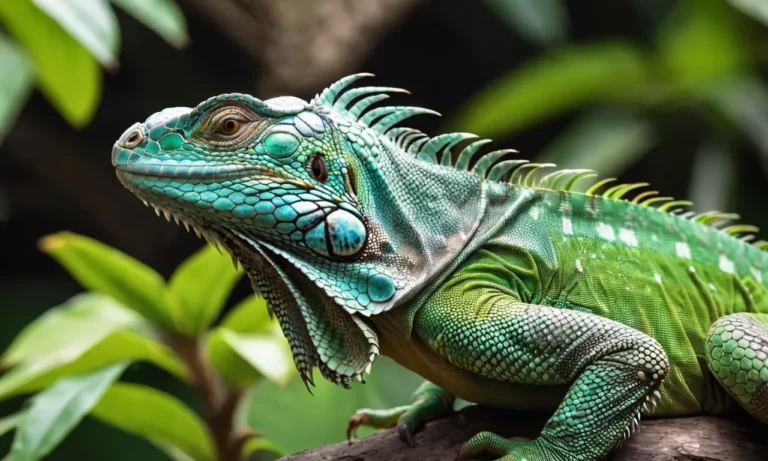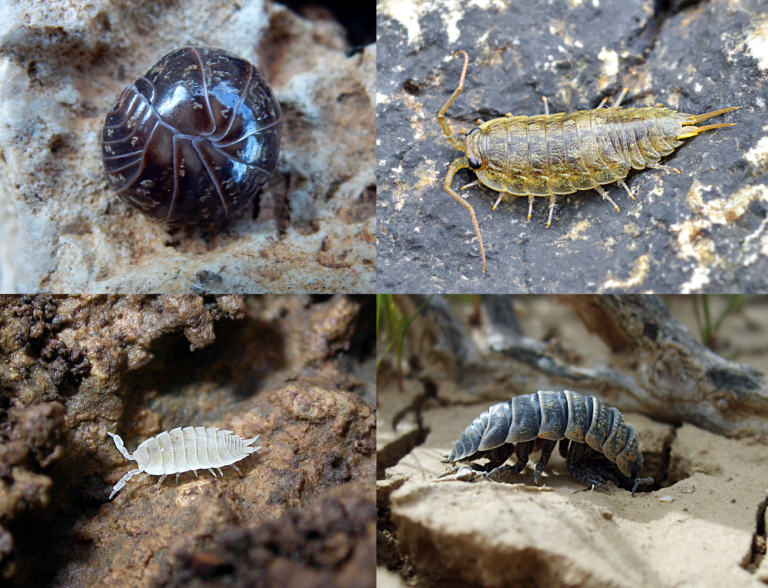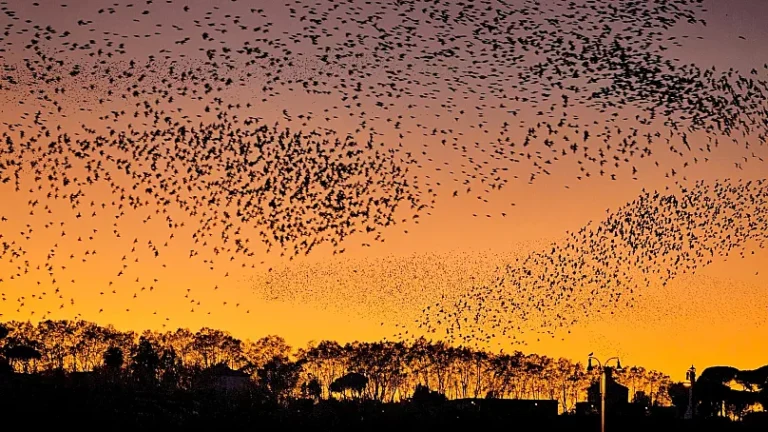Discovering the Fascinating World of the Platypus
The platypus is one of nature’s most extraordinary creatures, captivating the imaginations of scientists and animal lovers alike. With its unique combination of features and intriguing behavior, this remarkable mammal stands out in the animal kingdom. In this blog, we’ll explore the platypus’s anatomy, habitat, behavior, and conservation status.
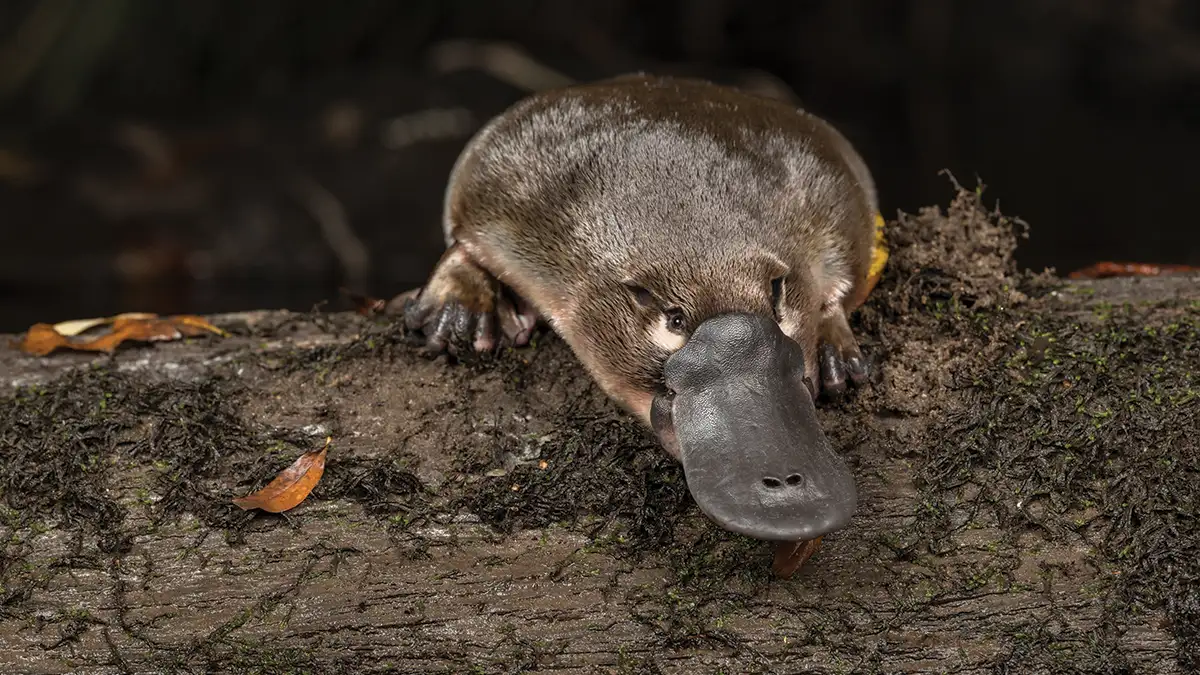
The Unique Anatomy of the Platypus
Native to Australia and Tasmania, the platypus (Ornithorhynchus anatinus) is one of only five existing species of monotremes, a group of egg-laying mammals. Its distinctive features include:
- Duck-like Bill: The platypus has a flattened, duck-bill that is packed with sensitive receptors, allowing it to detect electrical signals from prey underwater.
- Webbed Feet: These specialized feet make it an excellent swimmer, providing propulsion while submerged. When on land, the webbing retracts, revealing sharp claws for digging.
- Beaver-like Tail: The platypus’s tail serves multiple functions, including storing fat reserves and aiding in swimming.
These unique adaptations allow the platypus to thrive in its environment, making it one of the most intriguing animals on the planet.
Habitat and Behavior
Platypuses are primarily found in freshwater environments such as rivers, streams, and lakes. They build burrows along the banks, which serve as nesting sites for their young.
Nocturnal Hunters
Platypuses are mostly nocturnal, using their keen sense of touch and electroreception to hunt for food. Their diet consists mainly of insects, crustaceans, and small fish. Interestingly, they don’t have teeth; instead, they grind their food using the hard plates in their mouths.
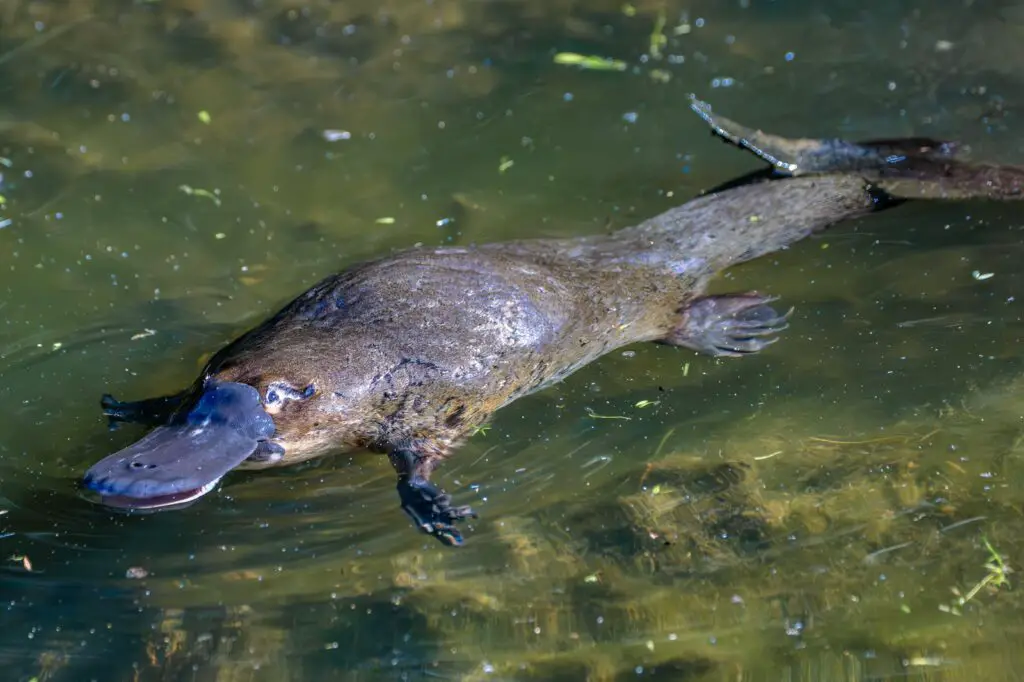
Conservation Status
The platypus is currently listed as “Near Threatened” by the International Union for Conservation of Nature (IUCN). Habitat destruction, climate change, and pollution pose significant threats to their survival. Conservation efforts are underway to protect their habitats and ensure their future.
What You Can Do
Supporting wildlife conservation organizations and promoting awareness about the importance of preserving natural habitats can help protect the platypus and other unique species.
Conclusion
The platypus is a true marvel of evolution, embodying the wonder and diversity of life on Earth. Its fascinating characteristics and behaviors make it a subject of endless curiosity and study. By understanding and protecting these unique creatures, we can help ensure that future generations will continue to be enchanted by the remarkable platypus.
